The Gateway to the Mediterranean: The Harbour Street of Ephesus
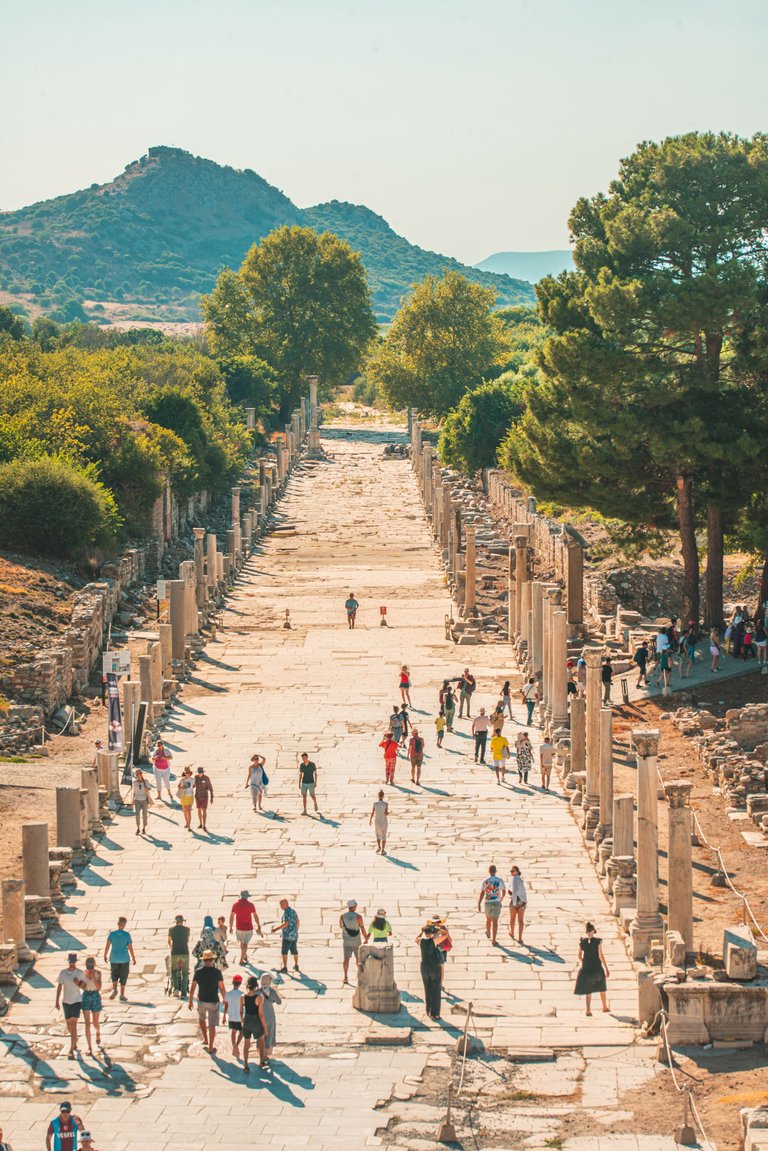
The Harbour Street
The Harbour Street is also known as Arcadian Street, it was one of the two most important streets of Ephesus. Curates Street is the other. The Arcadian Street connected the commercial heart of Ephesus to the harbor. One of the most vital streets of Ephesus for sure. The Curates Street connected the Library of Celsus and the Great Theatre. The Harbour Street was so important, not only for trade but also for cultural exploration, as it invited merchants from all over the globe.
A true hub with shops, stalls, and businesses, with merchants coming from everywhere to trade and sell their goods. It was a beautiful street with architectural sophisticated paved with world-famous Roman marble. Marble showcased an Empire's wealth and showed how far the Romans could plan ahead when they were thinking about creating their cities.
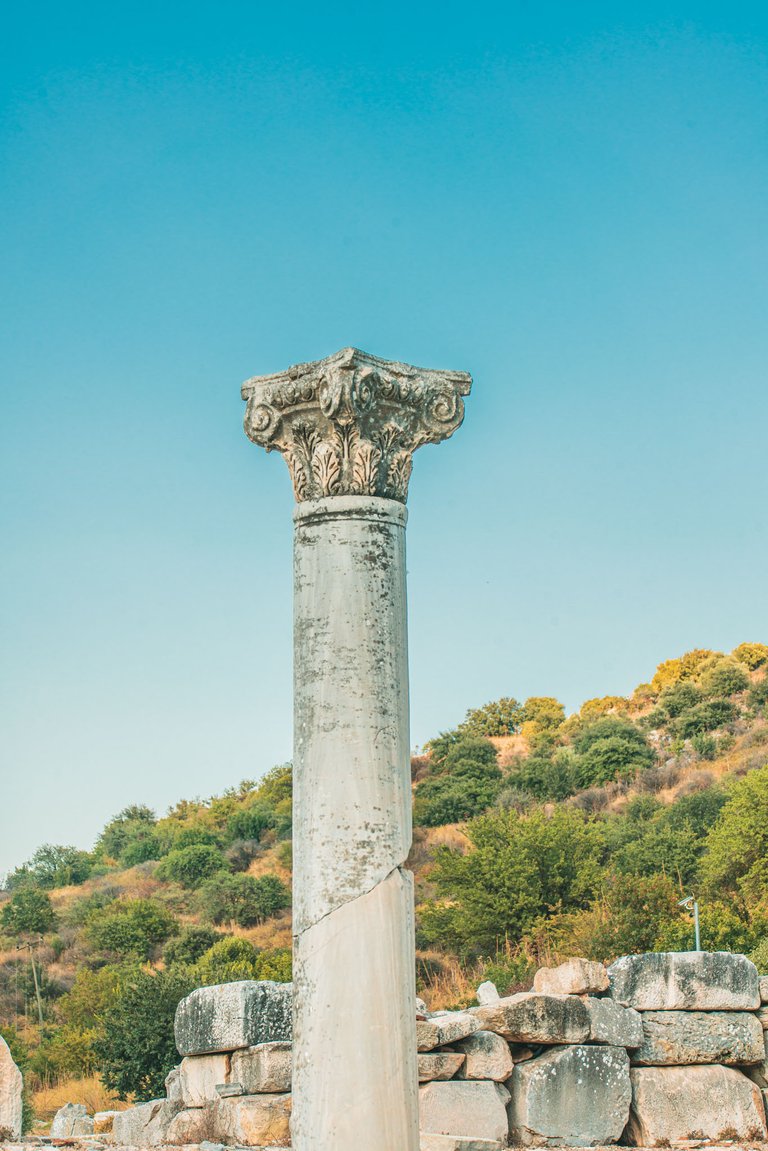 |
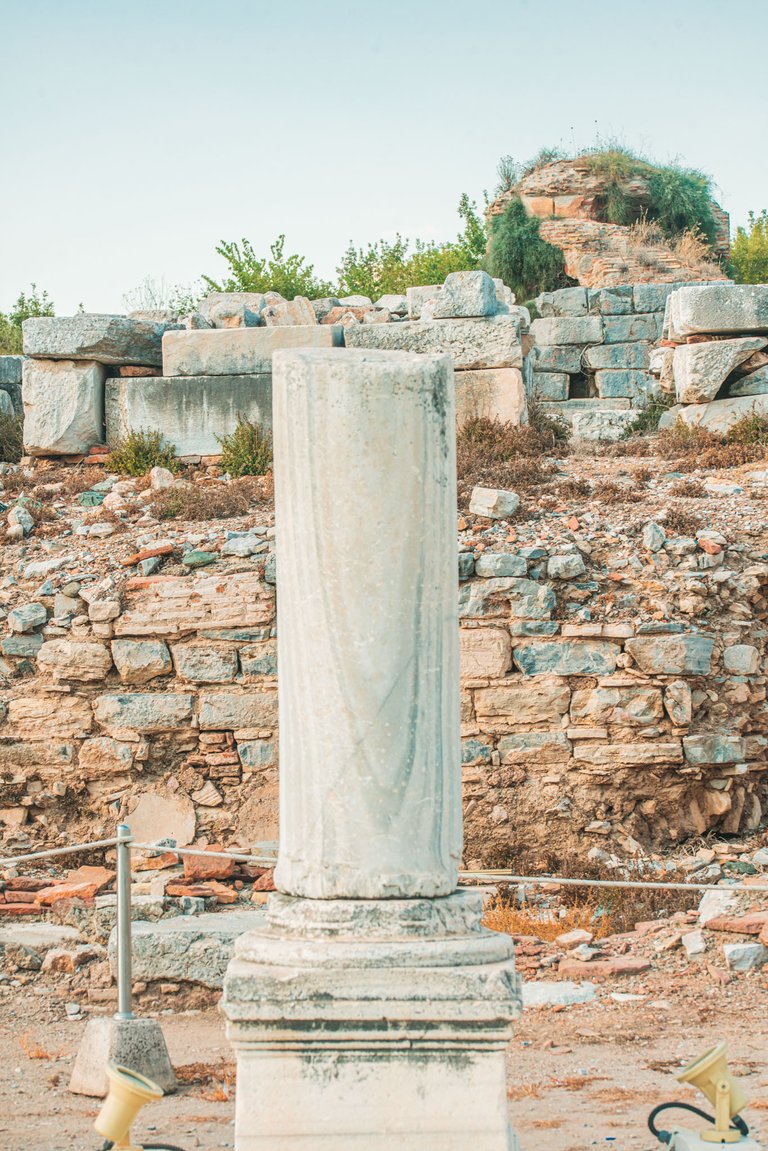 |
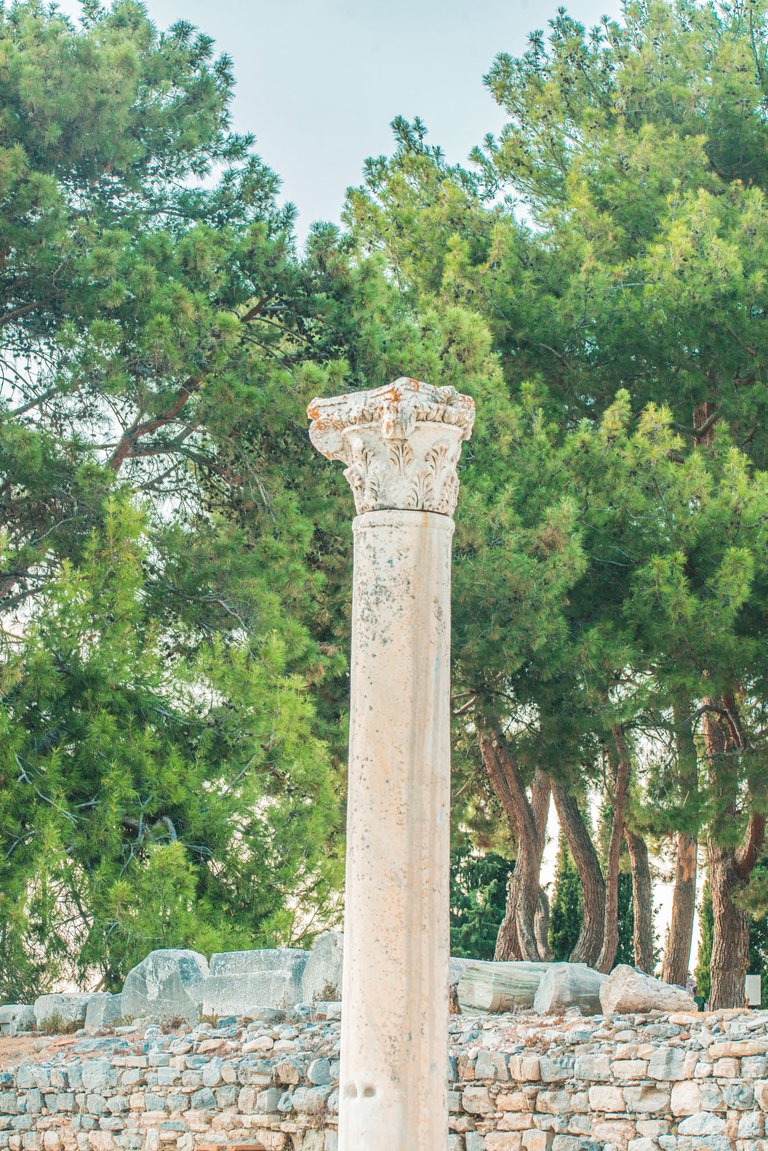 |
 |
When I think about marble-paved streets, I think about festivities. Festivals that worshipped the variety of Gods, or to celebrate public events. These kinds of festivities must have been amazing for the people. Beer, bread, music, while walking past food shops all over the place. Because of these recurring festivities that were hosted over the entire year, it is no surprise that there are many statues and monuments on the street. The Harbour Street truly was a "show-off, look at us" kind of street.
One of the structures that is pretty nice is the Temple of Domitian, it honored the Roman Emperor Domitian and demonstrated how loyal the people who lived in the city were to the empire. Errr... ok.

The Gateway to the Mediterranean
But as the name suggests... The Harbour Street led directly to Ephesus' ancient harbor. The heart of Ephesus' commerce and trade. The true connection for Ephesus was to open up trade and travel to other Mediterranean regions. While the place is nowhere near how it used to be. Archeologists have uncovered a great amount of findings through successful excavations. All these findings provided great value in terms of insights into Ephesus' urban layout, architecture, and the dynamics of the people.
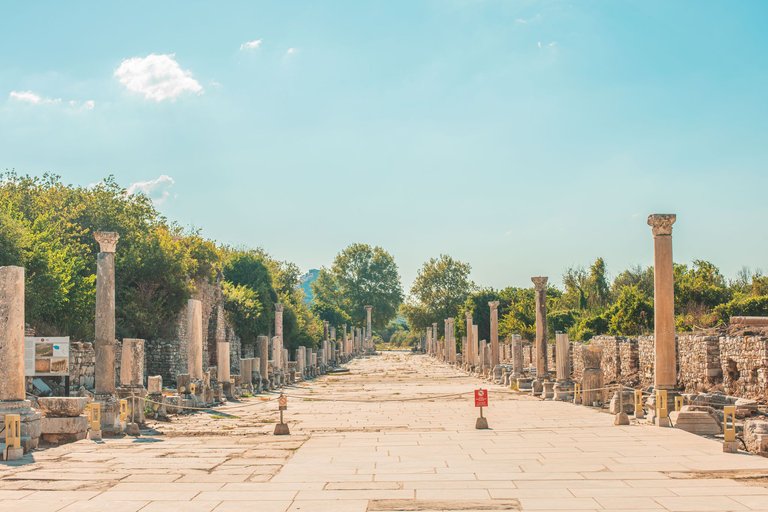

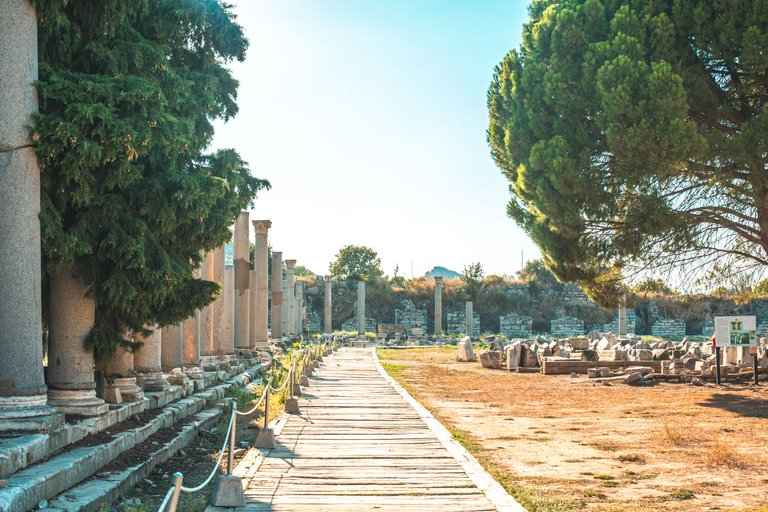
It's just amazing to be able to walk the same streets of all these ancient merchants and the people who lived here. It is a blast to the past for sure. Even though everything is in ruins, what is preserved paints a nice picture of the daily life of the residents. Just add some wooden or linnen shops, the sound of instruments and people cheering or debating the prices of goods. Love it.
Cheers,
Ruben
I think it is always amazing to be in an ancient city and think of the people lived at that time. Ephesus is a must see, the biggest ancient city I have ever seen and I will write a post about it soon.
It was amazing. When did you visit? Have you been able to see all of it?
Last year. No I wasn't due to the limited time.
Isn't it wonderful to imagine living here? Imagine walking under the big marble columns in those Roman clothes. I wonder what your profession would be, my friend, would you be a sculptor?
Loved it man! I think I would be a philosopher or an inventor :P What about you?
Those are nice! I would be a miner :P Mine BTC XD
Historical sites are like addiction for those who are history lovers. Moreover, the site provide us complete detail of the precious and previous past. Whenever , I visit any historical site I think about their worship styles and I think that how they would have lived!
Yeah, it is super interesting how people worshipped their Gods, right? I love all the various stories of their Gods.
It will be so cool to live around this kind of beautiful place
One thing I love is how peaceful it looks
I love that!
Absolutely!
Efeso la ciudad bíblica realmente increíble tus fotos por fin conozco esa bella ciudad excelente 😉 contenido..